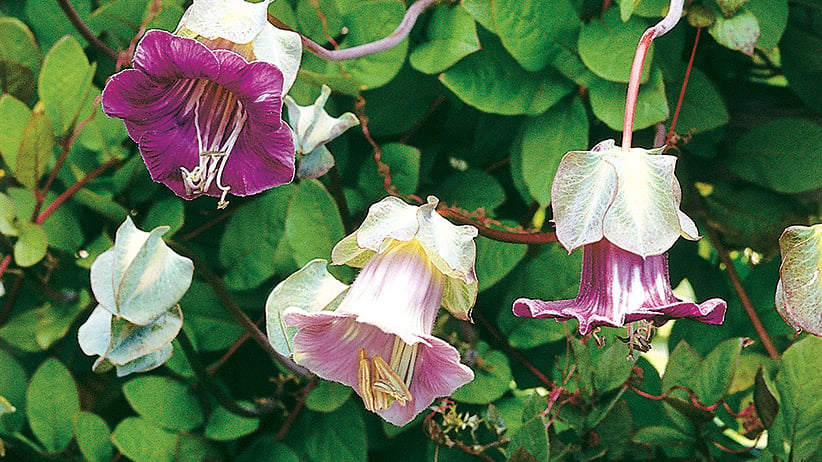Table of Contents
You must have seen vibrant and beautiful climbing plants everywhere you go. You must have realized how pretty they look, especially when the air blows. The trails of the plants look like they are dancing merrily to a particular rhythm, which instantly elevates the room and freshens the surroundings. The fast-growing climbing plantsspread so vividly that they entirely change the look of any place within months.
They also require less maintenance and can even grow on their own. Now, you must be wondering how they grow. Don’t worry, as you will get detailed information about how the climbing plants grow in this article.
What is a Climbing Plant?

Any plant that climbs on other plants, poles, etc., is known as a climber. They do not have a strong stem or branch that can support them; instead, they take support from other structures to grow and spread.
They are also popularly known as vines. A few examples of climbing plants include money plants, grapevines, pea plants, etc. They have modified themselves to cling easily to the support and then spread rapidly.
There are many ways in which plants climb: one is by using tendrils, and the other is by using twinners. There is a major difference between the two processes. When it comes to tendrils, the plants only use them to climb and grow. On the other hand, twinners completely wound on the support, like the branches, poles, etc., and then grow.
How Do Plants Climb?
There are various techniques that plants follow to spread and grow. Each one of them has a different mechanism.
Below are a few of the common examples:
1. Using the Tendrils
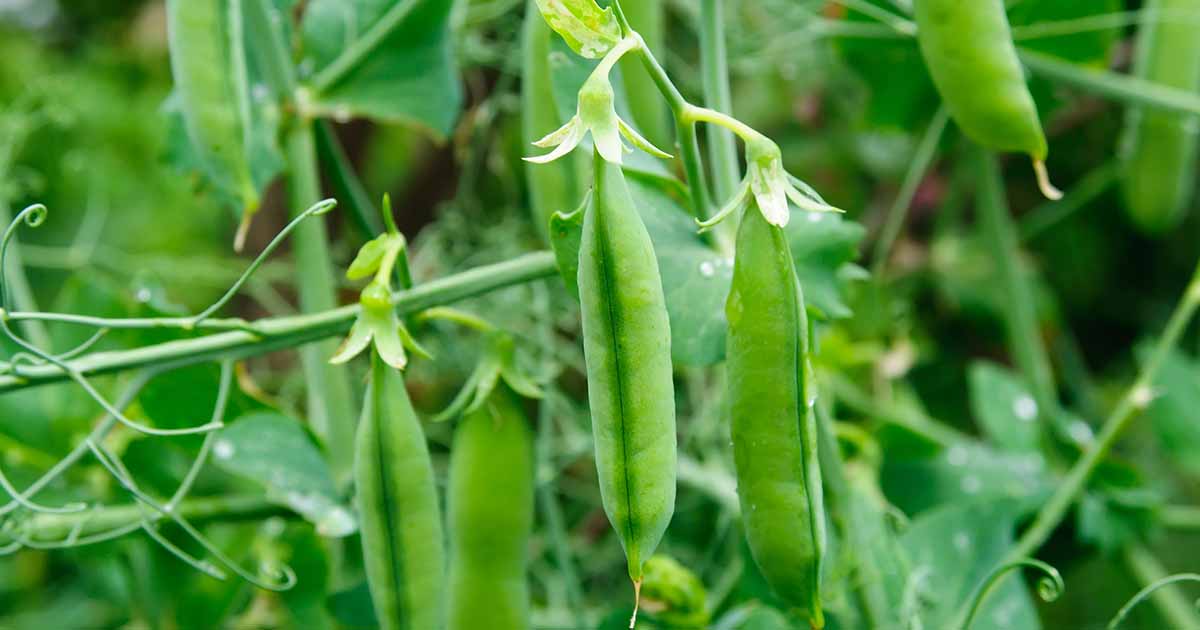
Tendrils are very thin structures that project out of the plant. They can also be referred to as modified stems or leaves. The main purpose of tendrils is to act as a base for the plant to climb on and grow. They do not have any particular contribution to make in the propagation phase of the plant.
Tendrils provide two options for the plants to climb: by using the stems or the leaves. The tendrils mostly take support from the branch and then coil around it. This promotes the growth of climbers. Plants that use tendrils as their support system are peas, passion flowers, grapes, etc.
2. Using Twinners
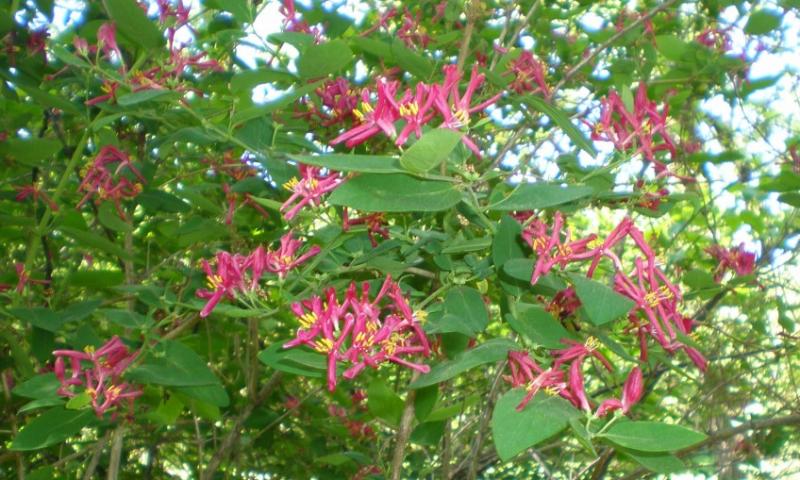
The plants that use twinners to climb also use the same mechanism as tendrils. They also use leaves or stems to climb on the support. The stems and leaves climb on whatever support they get and can climb very high.
These climbers use twinners to reach the top to access sunlight more efficiently. Examples of plants that use twinners are honeysuckle, morning glories, jasmine, etc.
3. Scrambling Technique
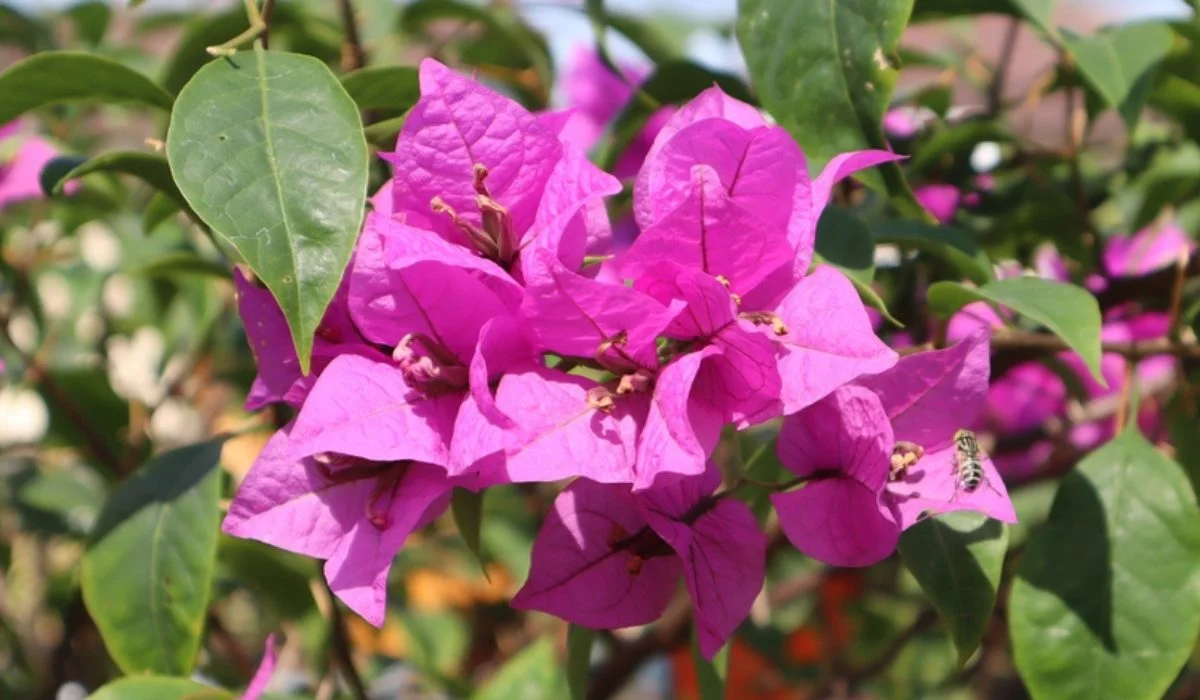
This technique is used by plants that have flexible stems. Unlike the tendrils and the winners, these long, flexible stems cannot cling to the support independently. Instead, they may have thorns on the surface of these plants, which support the winding mechanism.
But generally, you have to provide them with external support so they can continue to grow. The plants do not follow a particular growth mechanism; they grow in the direction in which they are provided support. Examples include bougainvillea, blackberry bushes, etc.
4. Tendrils with Adhesive Pads
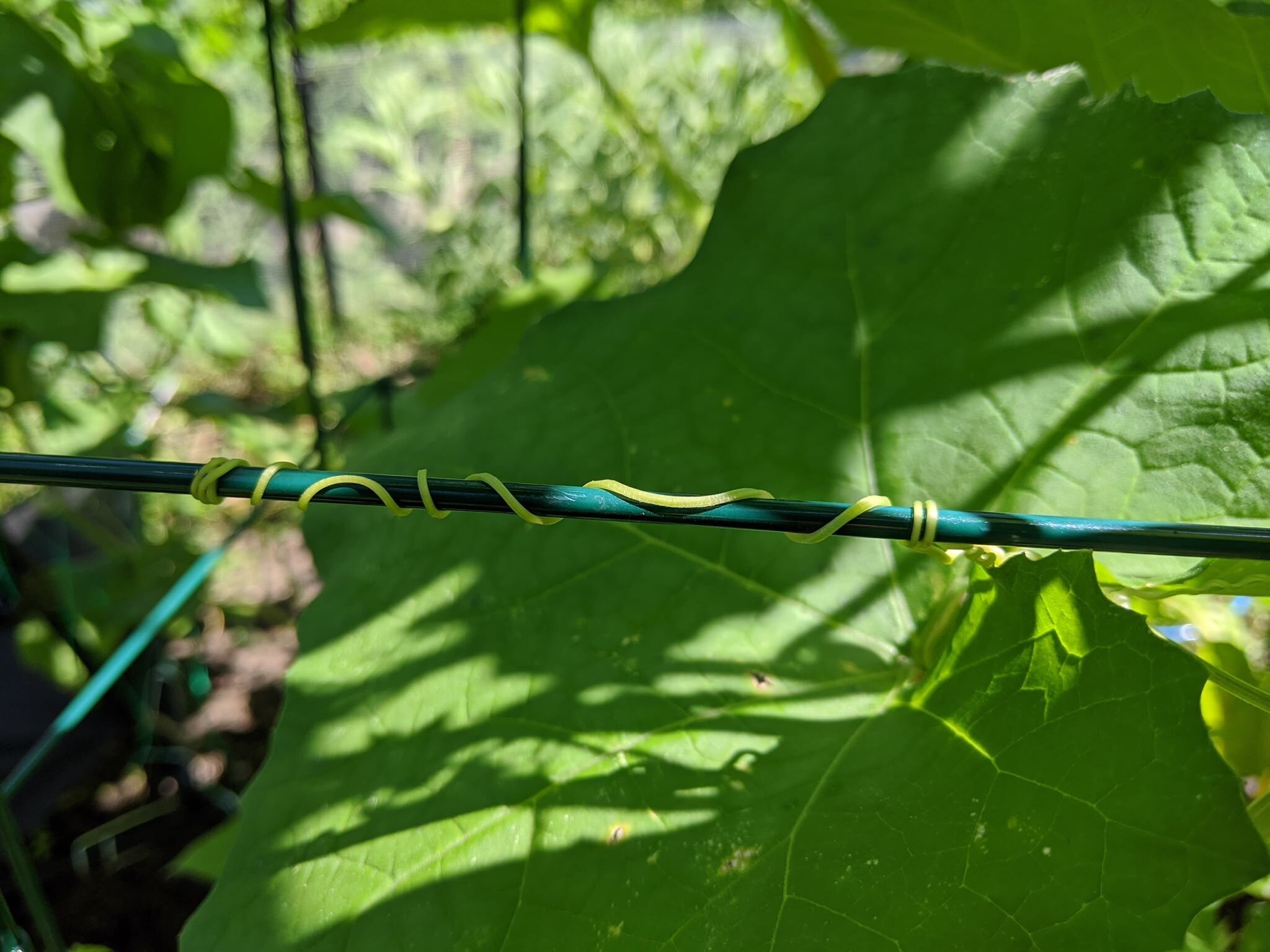
As the name suggests, it is quite obvious that these plants have tenders with sticky pads that can stick to any surface. This is beneficial when the plant is unable to grow vertically upward. In that case, they can easily expand themselves horizontally and continue to grow.
These adhesive pads are not present on the climber initially. Rather, when the tendrils undergo chemical changes when they find support, then these adhesive pads are also developed.
5. Clinging Stem Roots
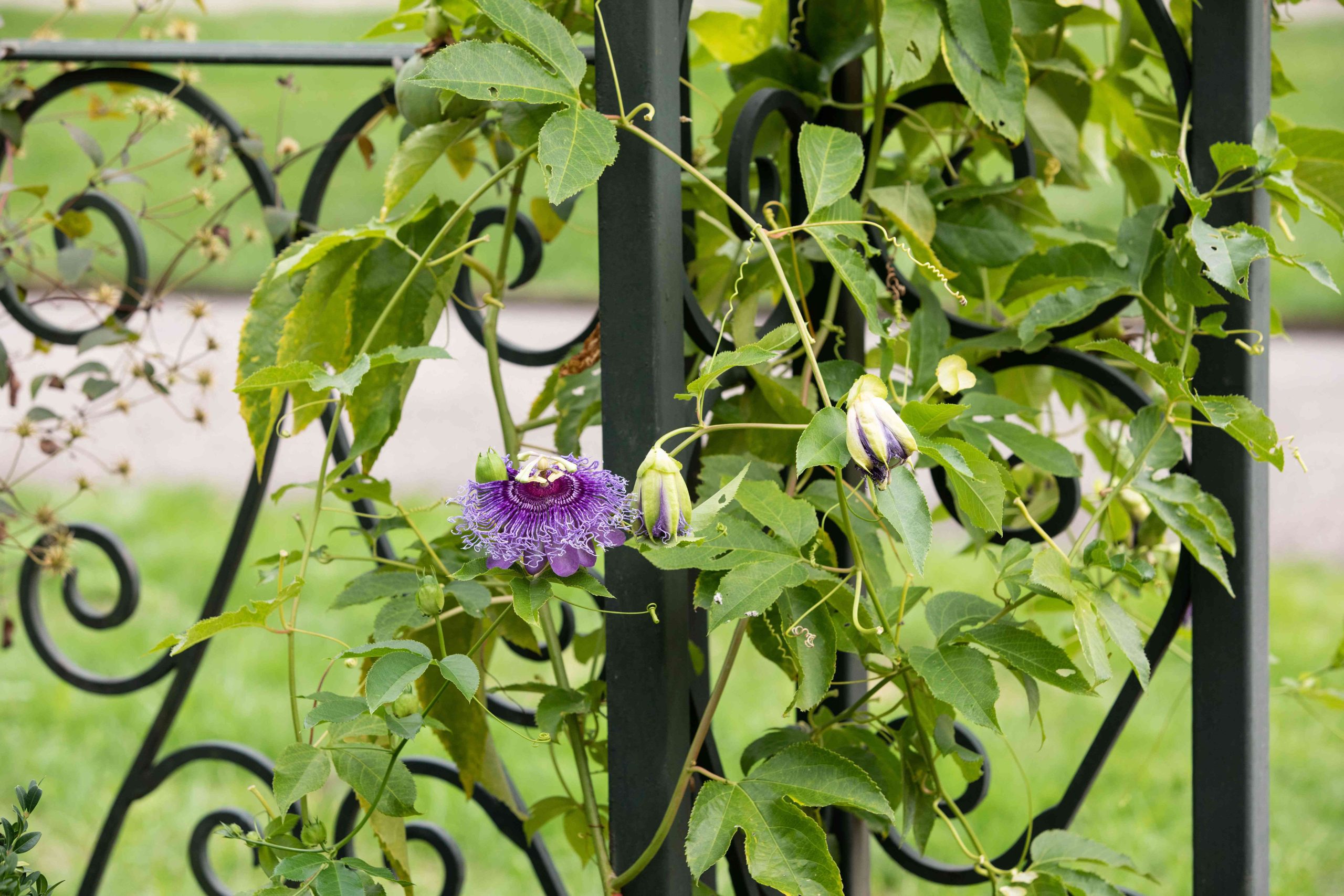
These plants have additional roots that extend from the main plant. These roots may either sprout from the leaf nodes or shoot directly through the stems. Also known as aerial roots, they are very sensitive. They stick to the surface when they find one. Once they are attached to the surface, they start ascending vertically upward. As the plant grows, it produces more aerial roots, thus helping the climber attach to the support.
Places Where You Can See Climbing Plants
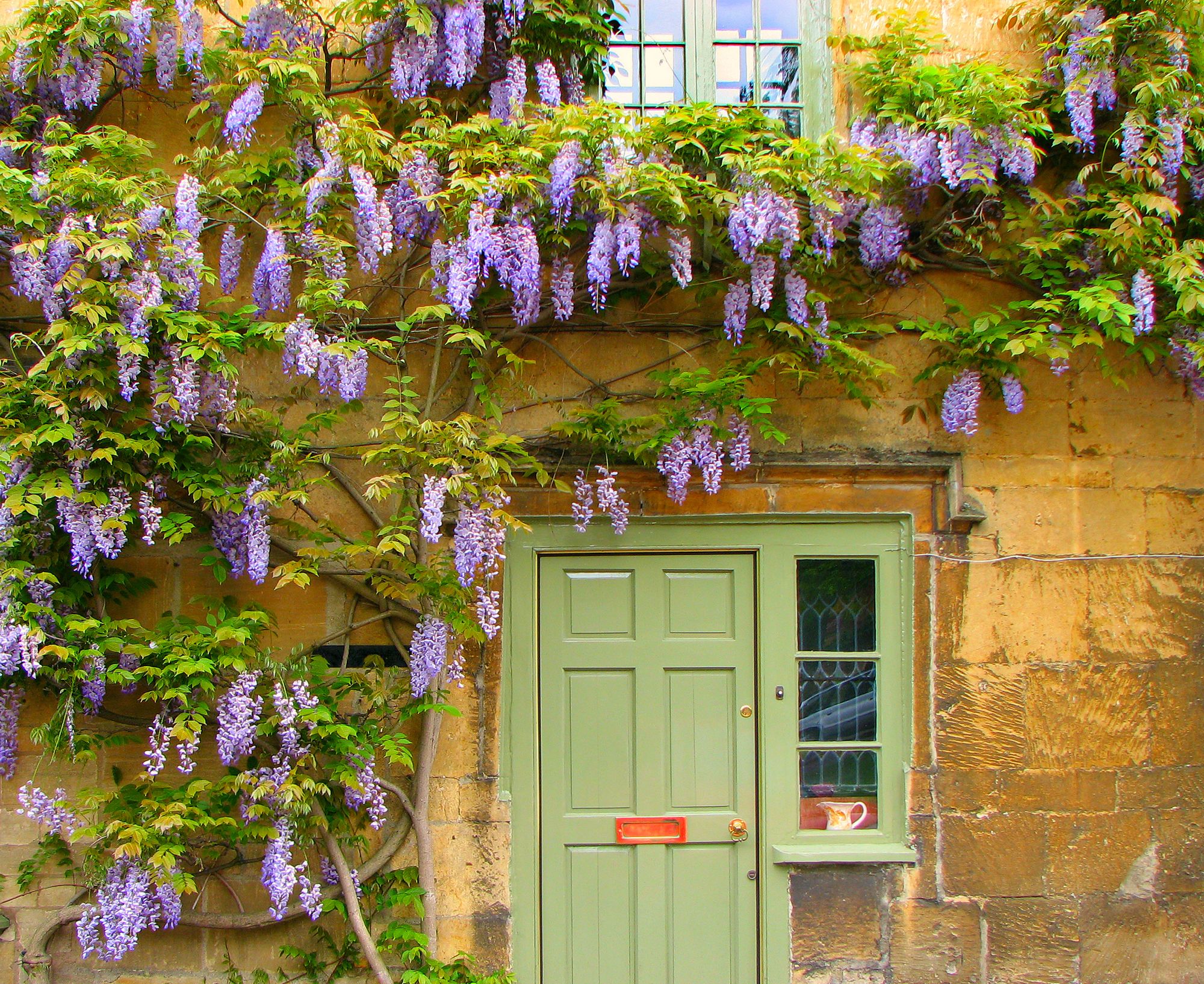
You will find climbing plants at both natural and manmade sites. A few examples where you will see climbing plants are given below:
- Parks, balconies, and gardens: These places are full of greenery, and, therefore, you will see a lot of climbers in these places. Many people grow them to enhance the beauty of their gardens.
- Fences: People love to enhance the charisma of their house and add a soothing effect to it with the help of greenery, so to make the fences more inviting and colorful, the natural way is by using climbers.
- Abandoned sites: Abandoned sites are home to many climbers to grow and nourish without interference. This is the reason they spread a lot at these places naturally.
Conclusion
Climbing plants are magnificent marvels of nature. Just like there is so much diversity in types of varieties, they can grow by various methods depending on their types. For example, some plants climb using twiners, some use tendrils, and some have aerial roots.
Each method successfully provides the climbers with the support they require to grow. If you wish, you can also follow any of the desired mechanisms for your climbers and convert boring fences and garden arches into exciting and lively ones with the help of climbing plants.

